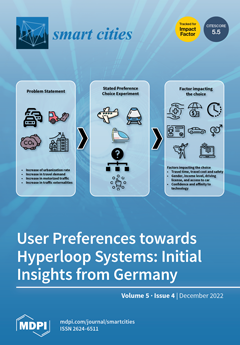In recent years, dam construction has become more complex, requiring an effective project management method. Building Information Modeling (BIM) affects how construction projects are planned, designed, executed, and operated. Therefore, reducing execution time, cost, and risk and increasing quality are the primary goals
[...] Read more.
In recent years, dam construction has become more complex, requiring an effective project management method. Building Information Modeling (BIM) affects how construction projects are planned, designed, executed, and operated. Therefore, reducing execution time, cost, and risk and increasing quality are the primary goals of organizations. In this paper, first, the time and cost of the project were obtained via the BIM process. Subsequently, optimization between the components of the survival pyramid (time, cost, quality, and risk) in construction projects was completed in a case study of the Ghocham storage dam in five different modes, including contractor’s offers, BIM, actual, and two other modes based on the expert’s opinions. For this aim, five different meta-heuristic optimization algorithms were utilized, including two classical algorithms (Genetic and Simulated Annealing) and three novel algorithms (Black Widow Optimization, Battle Royale Optimization, and Black Hole Mechanics Optimization). In four cases, once each element of the survival pyramid was optimized separately, all four cases were traded off simultaneously. Moreover, the results were obtained from all the mentioned algorithms in five scenarios based on the number of function evaluation (N
fe), Standard Deviation (SD), Computation Time (CT), and Best Cost (BC). MATLAB software completed the coding related to the objective functions and optimization algorithms. The results indicated the appropriate performance of GA and BHMO algorithms in some scenarios. However, only the GAs should be considered effective algorithms in a dam construction projects’ time–cost–quality–risk (TCQR) tradeoff.
Full article





